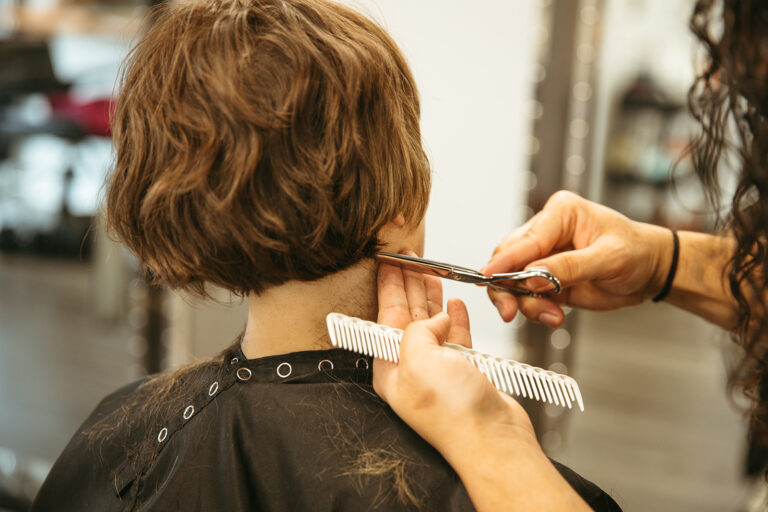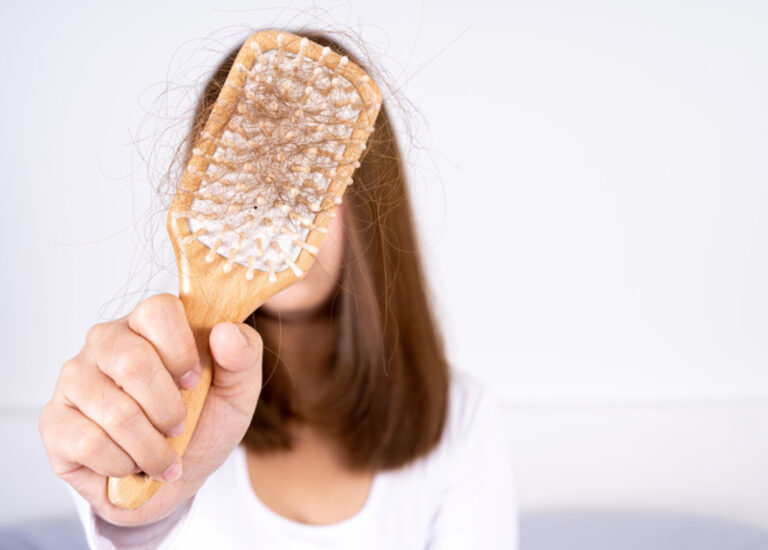What is a Cut & Style?
The process of a “Cut & Style” involves several key steps:
1. **Consultation:** The session usually begins with a consultation between the client and the hairstylist. During this discussion, the client explains their desired outcome, whether it’s a simple trim, a drastic change, or a specific style they have in mind. The stylist may offer suggestions based on the client’s hair type, face shape, and lifestyle.
2. **Preparation:** Once the desired outcome is understood, the hairstylist prepares the client’s hair for cutting. This might involve shampooing and conditioning the hair to ensure it’s clean and manageable.
3. **Cutting:** The hairstylist then proceeds with the cutting process. They use various techniques and tools, such as scissors, shears, or clippers, to achieve the desired length and shape. Precision is key to ensuring an even and balanced result.
4. **Texturizing (Optional):** Depending on the desired style, the hairstylist might use texturizing techniques to add movement, volume, or dimension to the hair. This can involve techniques like thinning, layering, or point cutting.
5. **Blow-drying:** After the cut is complete, the stylist blow-dries the hair to set the foundation for the desired style. Blow-drying also helps add volume and shape to the hair.
6. **Thermal Styling (Optional):** With the hair dry, the hairstylist proceeds to style it according to the client’s preferences. This could involve using hot tools like curling irons or straighteners to create curls, waves, or a sleek look.
7. **Products:** Throughout the process, hairstyling products such as heat protectants, volumizing sprays, gels, and hairsprays are often used to enhance the style, provide hold, and ensure longevity.
8. **Finishing Touches:** Once the style is complete, the stylist may make final adjustments to ensure everything looks polished and balanced. They might trim any stray ends and perfect the overall shape.
9. **Client Education:** Before the client leaves, the stylist may provide advice on how to maintain the new cut and style at home. This could include recommendations for products, tools, and techniques that would work best for their hair type and style.
10. **Payment and Scheduling:** Finally, the client pays for the service and may schedule their next appointment for maintenance or future changes.
Remember that the specific steps and the time it takes can vary depending on factors like the complexity of the style, the length, density, and texture of the hair, and the expertise of the stylist.



